How to Use the chown Command in Linux
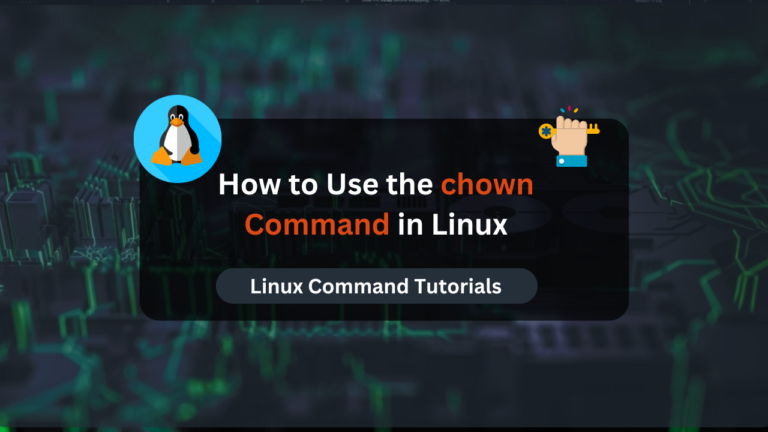
The chown command in Linux is used to change the ownership of files and directories. It allows administrators and users with appropriate privileges to modify the user and group ownership of a…

The chown command in Linux is used to change the ownership of files and directories. It allows administrators and users with appropriate privileges to modify the user and group ownership of a…
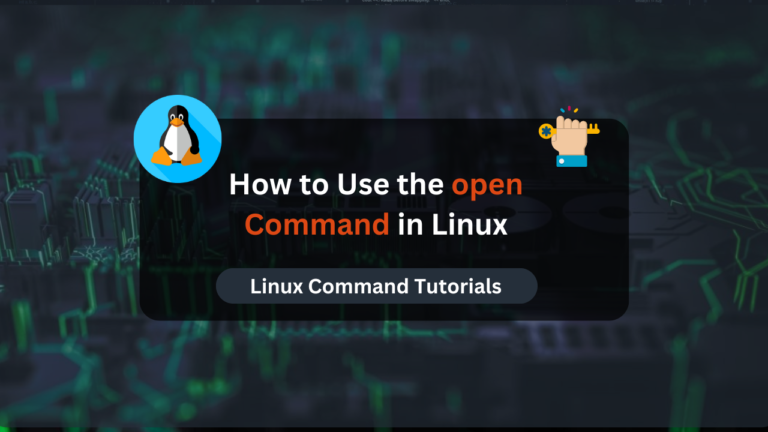
The open command in Linux is a versatile and handy tool for quickly accessing files, directories, and URLs using the default applications configured on your system. Whether you need to…
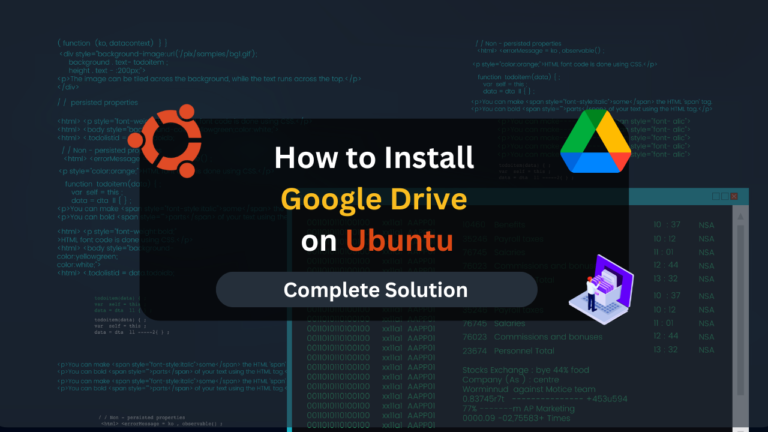
Google Drive is one of the most popular cloud-based services for storing and sharing data online. It has a basic free plan of 15 GB of storage for all users.…
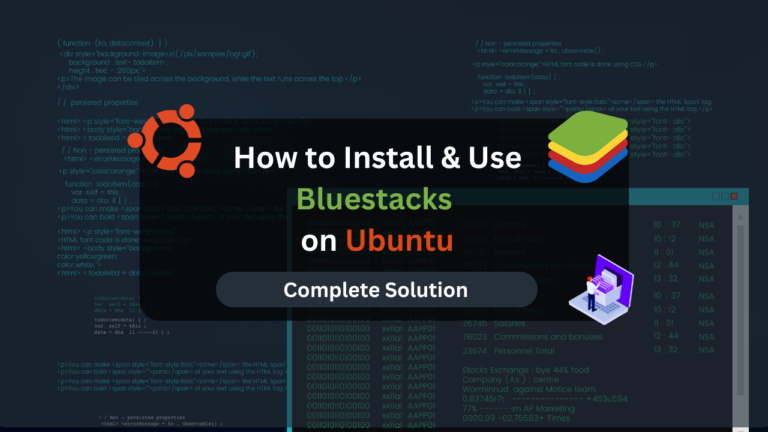
Bluestacks is one of the most recommended Android Emulators currently available in the emulator market. This emulator supports almost every major Android-based application or game. Unfortunately, when it comes to…
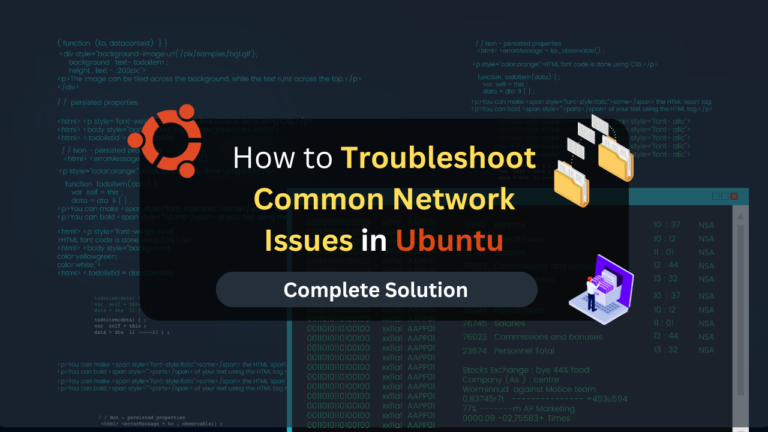
Are you experiencing network connectivity problems on your Ubuntu system and struggling to find a solution? Network issues can be frustrating, but with the right approach, they can be resolved…
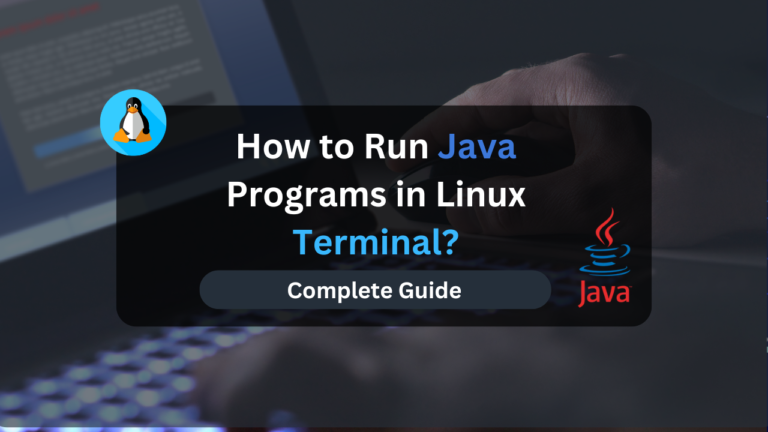
Running Java or Java Programs within a Linux Terminal can be daunting. But worry not, as we have got you covered. Java is a popular programming language used to build…

The cat command, short for “concatenate,” is a versatile tool in Linux that can be used for various text-processing tasks. While it is often used to display file contents, it can also…
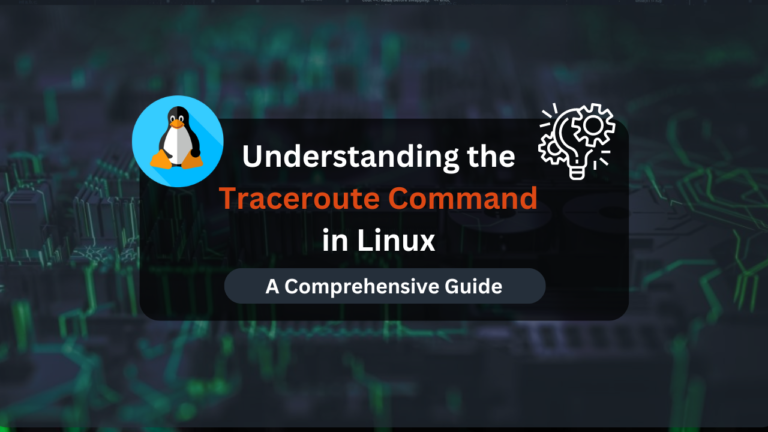
Operating systems use packets to transfer data across networks. These packets are small units of data that travel between devices and help identify network problems when they arise. One powerful…
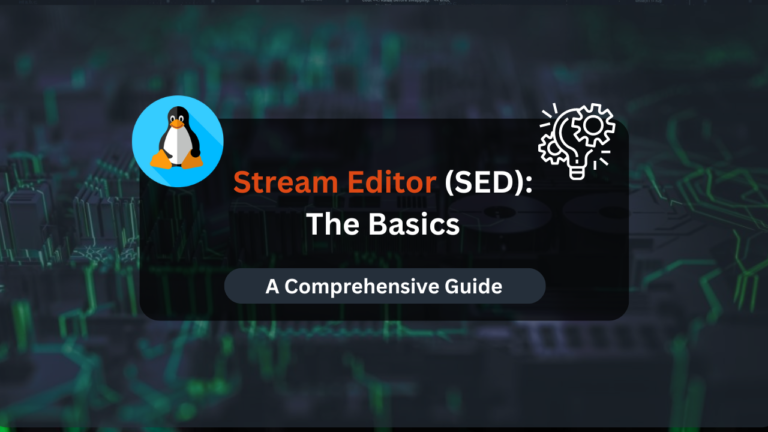
The sed command, short for Stream Editor, is a powerful and versatile tool in Unix-like systems used for parsing and transforming text from a stream or a file. Unlike traditional text editors…
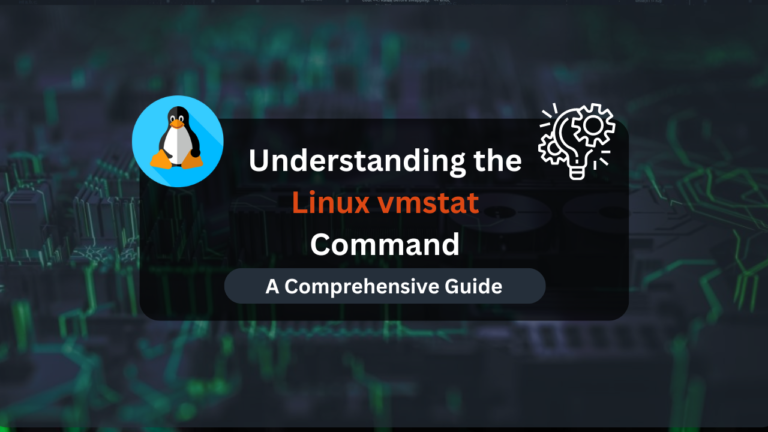
The vmstat command in Linux is a powerful tool for monitoring system performance and understanding how your system’s resources are being utilized. It provides critical information about processes, memory, paging, block I/O,…
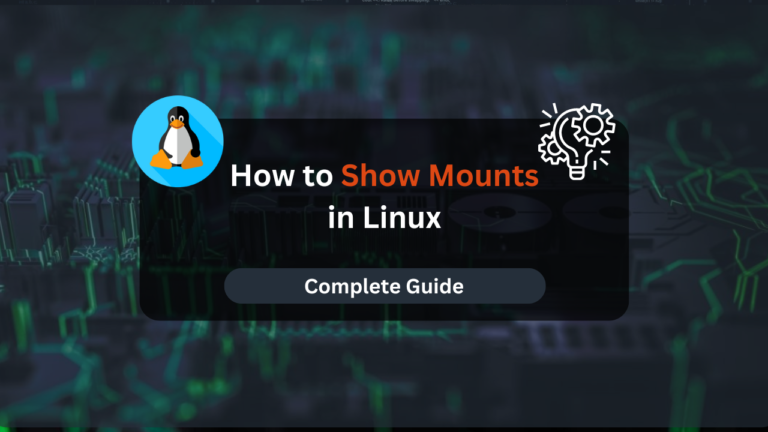
In Linux, managing file systems and understanding how they are mounted is crucial for system administration and troubleshooting. Whether you’re an experienced sysadmin or just getting started, knowing how to…

Searching for file contents is a common task in Linux, whether you’re troubleshooting, analyzing data, or just looking for specific information within files. Linux provides a variety of powerful tools…

Subscribe to DraculaHosting and get exclusive content and discounts on VPS services.